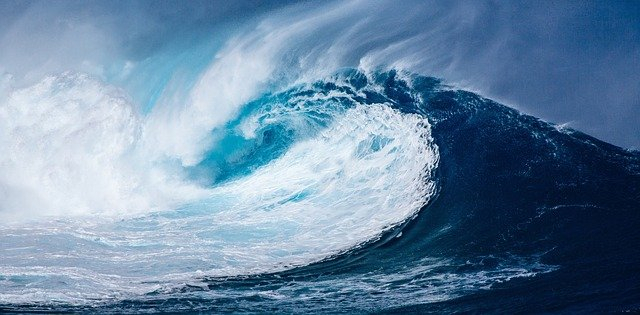A new study conducted by a team of experts at the Victoria University of Wellington has found that New Zealand is prone to facing giant tsunamis every 580 years.
Researchers who participated in the study used synthetic earthquakes, and computer models and found that waves of these apocalyptic tsunamis could reach as high as 92 feet.

Laura Hughes, lead author of the study noted that the findings hold crucial significance due to the critical proximity of New Zealand to subduction zones, specifically the Hikurangi subduction zone, where the Pacific tectonic plate is beneath the Australian plate just offshore.
"We're able to put in a variety of properties we think may exist and get that range of potential earthquakes and range of potential tsunamis that may happen," said Hughes.
According to the study report which is now published in the journal JGR Solid Earth suggested that the Hikurangi subduction zone poses the most dangerous threat.
The study report added that the Tonga-Kermadec subduction zone to the north can also generate giant tsunamis, as an aftermath of earthquakes.
Researchers further pointed out that New Zealand could face a tsunami of 16.4 feet every 77 years, while tsunamis where waves could hit as high as 92 feet could happen every 580 years.
Earlier in May, a 7.8 magnitude earthquake was reported in the South Pacific, and it compelled authorities to issue tsunami warnings in several parts of New Zealand.
At that time, the US Geological Survey (USGS) said the earthquake occurred at a depth of 38 kilometers. The epicenter of the earthquake was between Fiji, Vanuatu and New Caledonia, the US National Tsunami Warning Center said. It alerted that a tsunami is possible on coasts located within 1,000 kilometers of the epicenter.









